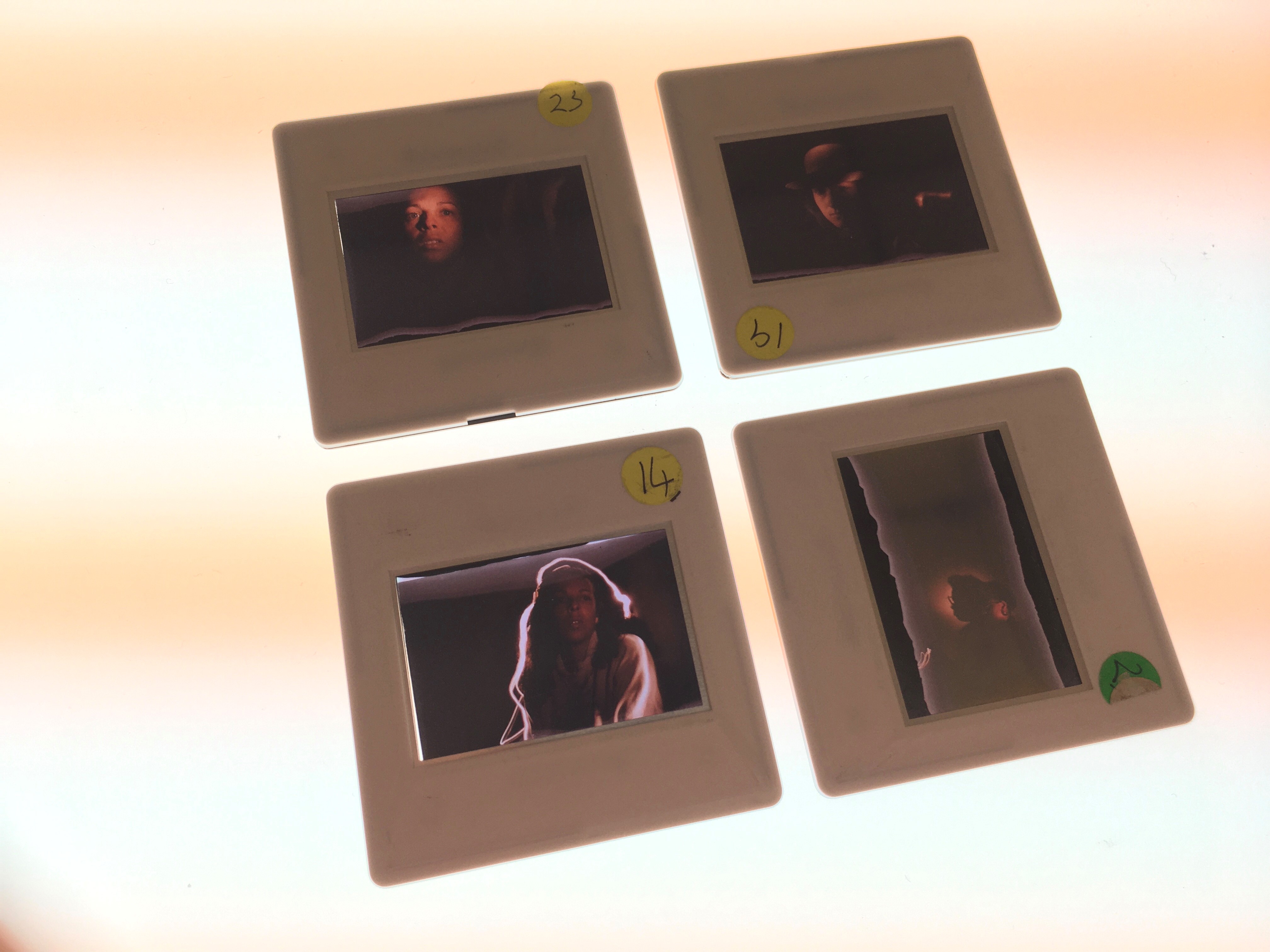The Camerawork Archive
The Camerawork Archive was donated to the University Archives and Special Collections Centre in 2019, as part of a larger deposit of holdings from the now-closed Photography and the Archive Research Centre (PARC).
Camerawork, previously Half Moon Gallery (1972-1975) and then Half Moon Photography Workshop (October 1975-spring 1981), was a photographers-led initiative whose activities included:
- curating a gallery space with on-site and touring exhibitions;
- designing and publishing the magazine Camerawork;
- delivering an educational program of workshops and seminars; and
- administering the provision of publicly accessible darkrooms.
The Archive offers rich potential for researchers interested in the history of photography, as well as the history of Greater London Authority (GLA)-funded initiatives. In addition, it might support research for those interested in politically-committed interrogations of the photographic medium itself—particularly in the medium’s potential to critically express social demands.
Contents and cataloguing arrangement
The Archive contains material relating to the touring exhibitions programme, education programme as well as administrative papers. Records include photographic prints, publicity material, exhibition documentation, funding applications, press cuttings, correspondence and invoices. It sheds light on how the organisation was run at various points in its history.
We are also grateful to have inherited the rigourous research and listing work undertaken by Robin Christian. Robin worked as a Project Curator and then Centre Administrator at PARC between 2017 and 2019. We are currently preparing to catalogue the Camerawork Archive, and it will largely follow the arrangement Robin had initially proposed. We plan to arrange the Camerawork Archive simply in two series: (1) Administrative papers and (2) Exhibitions.
Identifying ‘undated’ material
Part of our preparation has included sorting through two boxes labelled ‘N.D.’ (non-dated) material. This material may have been a later accrual, and there may not have been staffing capacity to review the material initially.
We have now had the opportunity to review this material and have found that whilst some of it was indeed non-dated or difficult to apply a date to, the majority could in fact be dated and/or clearly associated with other sections of the Archive—lucky us!
Below are five gems from this material:
1. Template and print out of hire text for a touring exhibition Striking Poses (1990).
Photographer David Hevey and the Graeae Theatre Company's Theatre-in-Education group produced the exhibition. They used theatre and photography to challenge negative stereotypical representations of disabled people in media.
The template shows how various elements of the hire text (e.g. exhibition description, hire details, stakeholders, funders) were cut and pasted to facilitate the production of photocopied print-outs on Camerawork stationary.
Striking-Poses_Hire-Text_OCR (PDF 2.49 MB)
2. Printed invite for Auto-da-fé (7 October 1997), a launch event for two websites called Requiem for the car and Roads & Cars. Together, the websites sought to “explore the culture and crisis of the car” by presenting photographs and ephemera from the anti-roads protest movement in Britain.

3. Slides from a workshop designed for Autoportraits (20 March – 12 April 1990).
The exhibition explored self-portraiture from the perspectives of eight Black photographers (Monika Baker, Allan de Souza, Rotimi Fani-Kayode, Joy Gregory Sunil Gupta, Lyle Harris, Mumtaz Karimjee and Roshini Kempadoo). A complementary workshop series took place alongside the exhibition, many with local schools and community groups. The slides presented here are likely from a workshop of the same title. It was convened by Joy Gregory, Roshini Kempadoo and Camerawork exhibitions organiser Viv Reiss. The workshop, which took place over two evenings, experimented with methods in self-portraiture. Methods included use of self-timer settings, use of an extension cable of release, directing others to photograph oneself in a desired way and manipulating images with a hand torch.

4. Excerpt of course structure from Photography and positive representations of women (August 1982), a course designed by Nigel Dickinson. The course was run as part of the Critical Studies in Art Education Project.
This project aimed, “[t]o explore methods and approaches which will enable pupils to develop a critical vocabulary, to enable them to adequately express the ideas and insights which reflect a developing awareness of their own work and that of established artists and designers.”
5. Excerpt from a summary of Turning the Tables (20 July 1992).
This day seminar examining issues in the curation of third world art and antinomies in the practice of ‘critical curation’ broadly.
As it states in the excerpt, “The processes of bringing art ‘of the other’ to audiences (whether ‘the other’ indicates the third world without or within our society) seems in each case to entail containing, defining and even nullifying it.”
The summary of the seminar appears to show how Camerawork was invested not only in curating ‘issues-based’ photography programmes, but also in engaging self-critically with curatorial practice itself.
Turning-the-Tables_Excerpt_OCR (PDF 470 KB)
Publishing the Camera Work Archive catalogue
We will soon begin adding to the Camerawork Archive catalogue, and we hope to publish these records later this year.
If you have any questions about accessing the Camerawork Archive, please contact us at archive-enquiries@arts.ac.uk.

